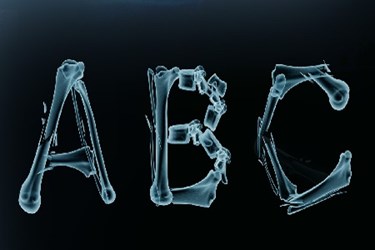The ABCs Of X-Ray Inspection Technology
By Melissa Lind, contributing writer

Most food-industry managers and executives know that X-Ray technology is one of the best ways to detect food defects and contaminants in terms of flexibility, effectiveness, and cost. However, not everyone knows exactly how the technology works
X-Ray technology is the most-versatile means of food inspection. It is extremely flexible with applications in a wide variety of food products from raw ingredients through packaged products. It can be used at most points within processing lines and can detect a myriad of contaminants and product defects including:
- Metal, glass, bone, and other hard-body contamination
- Improper fill or count
- Inadequate package seal
- Contamination in raw materials
- Missing components such as package inserts
- Air bubbles or pocketing
Most managers of food processing or packaging plants find that X-Ray technology provides benefits beyond regulatory compliance with the reduction of product rejects and costly recalls, at a cost that is manageable. But, how does it work?
X-Ray technology works by analyzing different density levels within a product. It uses electromagnetic radiation in levels that are food-safe and within acceptable limits for human exposure. As the short electromagnetic waves are passed through a product or object, the energy waves are absorbed at different rates. Dense materials will absorb more energy than lower-density materials, creating a darker image. A grey-scale image is created showing irregularities with pinpoint precision in a real-time environment and is capable of detecting more than one type of irregularity at a single inspection point. Real-time error notifications results in fewer line stoppages or slows, allowing the food line to flow at maximum efficiency.
The technology has advanced, along with its software counterpart, to allow for easy user interface. In addition, the set-up and calibration can be customized for optimal production. With integration of pre-determined quality levels, the system can compare scanned images to the baseline images and automatically reject anything that falls outside of pre-determined norms. This not only increases the detection of irregularities that humans cannot see, but can decrease the work hours needed to run the processing line. This ultimately allows managers to re-allocate those resources to other vital areas.
In addition to real-time monitoring, most software will also provide assistance in quality measures by tracking the frequency, timing, and type of irregularities so that patterns can be identified for process improvement. As a food producer, defects and contaminants can not only result in recalls and for-cause regulatory agency inspections, it also dramatically affects customer confidence, both of which ultimately have a significant impact on profitability.
